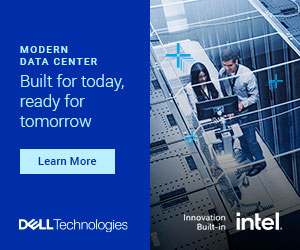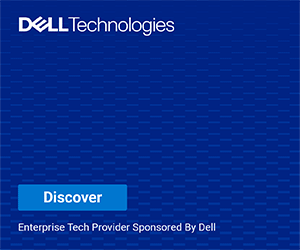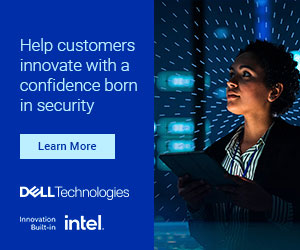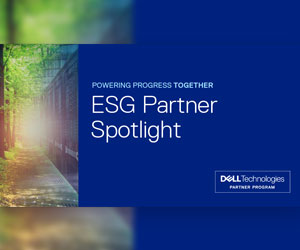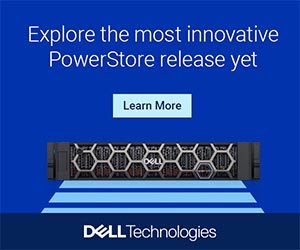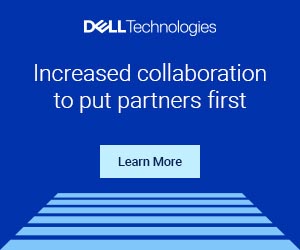Placing extra emphasis on cyber resilience has become an increasingly popular trend of late among enterprises embracing digital transformation. Specifically, the ability to immediately recover mission-critical data, in the event of a breach, is proving to be a true game changer when it comes to the decision-making process of what cyber resilience plan to implement.
The Town of Gilbert, AZ and its transition to a digitally enabled city of the future
Recently, the Town of Gilbert, the fourth largest municipality in Arizona, engaged Dell Technologies to help them with their cyber resiliency plan. Tony Bryson, the Town’s chief information security officer, decided to go with a plan built around Dell PowerProtect Cyber Recovery and CyberSense solutions, explaining that this would ultimately provide the Town with the data resilience they need as they quickly expand and transform along their digital journey.
Gilbert’s businesses and residents rely on the 250+ technologies and data services that the Town provides. With that being the case, Bryson believes Gilbert should be proactive rather than reactive when it comes to addressing the increasing number of risks and threats targeted at the Town. To achieve this, they sought a partner who could lead them in the direction of security technology. Out of the many technology providers considered, the Town felt that Dell Technologies has the strongest portfolio of security solutions to address current and future threats.
Additional ways that Dell is helping the Town of Gilbert to be more cyber resilient:
· Safeguard data from malware and other threats.
· Ensure continuity in delivery of digital services.
· Allows the Town to confidently pursue City of the Future initiatives.
· Provides a single point of contact for all support needs.
Your customers want to talk about cyber resilience
Cyber resilience is a hot topic right now. With Dell PowerProtect Cyber Recovery and CyberSense solutions, enterprises are kicking their data resilience up a notch.
CyberSense is a simple solution your customers can take advantage of. CyberSense scans the data once it comes in from the backup to ensure that it is clean and can be recovered. This will give your customers the confidence that their protected data can be recovered cleanly without ransomware or malware.
The PowerProtect Cyber Recovery vault, meanwhile, provides your customers with an air-gapped solution. You see, ransomware often moves laterally through an organization. So, if all backup data is in one data center, where backup and primary data sources are co-located, chances are they’ll all be at risk of exposure at the same time. The advantage of PowerProtect Cyber Recovery vault is that as customers back up to one PowerProtect appliance, once the backup happens, the data is then automatically replicated to a second, vaulted PowerProtect appliance though a secure, uni-directional connection between the two sites that is only active during the replication. Once the replication is complete, the connection is terminated, providing a secure vault for the data.
Streamlined management fuels customer innovation
While CyberSense inspects data to make certain it’s not compromised (alerting you should it detect malicious activity), multiple locking mechanisms, including layered passwords and time stamps, protect the backup storage to safeguard against ransomware attacks.
You can control the virtualized technology efficiently from a central console instead of logging into different applications. Dell has also designed procedures to enable a rapid recovery and continued service operations as soon as a breach or malware incident occurs.
Here, the solution provider can provide the value-added service of managed services. This saves the customer from the headache of trying to find the right people to perform these tasks, as not everyone works with these technologies all the time.
Learn more about how you can help your customers become more cyber resilient.






